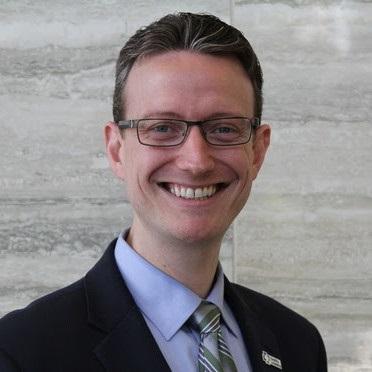Population health initiatives require payers to plug into the local community, and for UnitedHealthcare, that work is baked into a program called Catalyst, which operates in 28 states.
Through Catalyst, the insurer leverages its data and insights in partnership with local providers and community organizations to address population health challenges specific to each region. The initiative's latest expansion in southwest Georgia focuses on diabetes in a region with disease rates 5% above the statewide average.

UnitedHealth will join forces with Albany Area Primary Health Care and the Feeding the Valley Food Bank. Beginning this month, patients who are identified by the Albany provider as having uncontrolled diabetes will be invited into the program.
These patients will have access to education around medication management, personalized feedback from a nutritionist and medically tailored food boxes provided by the food bank.
"I don't know any other way to tackle something like diabetes than taking that holistic, community-level approach," said Alex Billioux, M.D., vice president of social determinants of health at UnitedHealthcare, in an interview with Fierce Healthcare.
In Dougherty County, where the Albany region sits, 16% of people have diabetes, which is 5% higher than the state average. Diabetes is a costly chronic condition, but ensuring people have proper nutrition and disease management can significantly improve outcomes and quality of life.
“Food insecurity rates in this region are among the highest in the state and this leads to health issues for many members of our community,” said Frank Sheppard, president and CEO of Feeding the Valley Food Bank, in a press release.
While the latest expansion in Georgia centers on diabetes, Catalyst's focuses vary depending on the region. Billioux said the goal is to identify a concern specific to each geography, based on feedback from the insurers' members as well as the wealth of data it has on hand.
The UnitedHealthcare team then convenes local stakeholders who can assist in addressing that issue, and work alongside them to design an intervention that works most effectively that in that specific community, Billioux said.
"What we're inviting is a conversation with the community about what they identify as their biggest health priority, their biggest health challenge," he said. "And then we partner together and co-design interventions that are really tailored to that community."
Each initiative looks different based on this framework, he said.
Addressing social and community health challenges also requires programs that are built on a foundation of trust, which is why the local partnerships are so important, Billioux said. But even with local providers and community organizations providing a bridge, the program needs to make good on its promises to truly ensure that patients and members buy in.
He added that the program is designed to be payer-agnostic, so interventions are backed by UnitedHealthcare's resources but are not offered exclusively to its members.
"We all benefit by building this infrastructure at the community level," he said.
So what does the future look like for Catalyst? Billioux said that the UnitedHealth team is looking to continue diversifying who comes to the table to drive conversations around community health, such as bringing key local employers into the fold.
Part of that means articulating to them why this is important to their business, he said. For instance, people who are healthier are less likely to miss work and perform highly on the job.
"And if they can see that relevance, it means that there's a better chance for sustainability of the work," Billioux said.